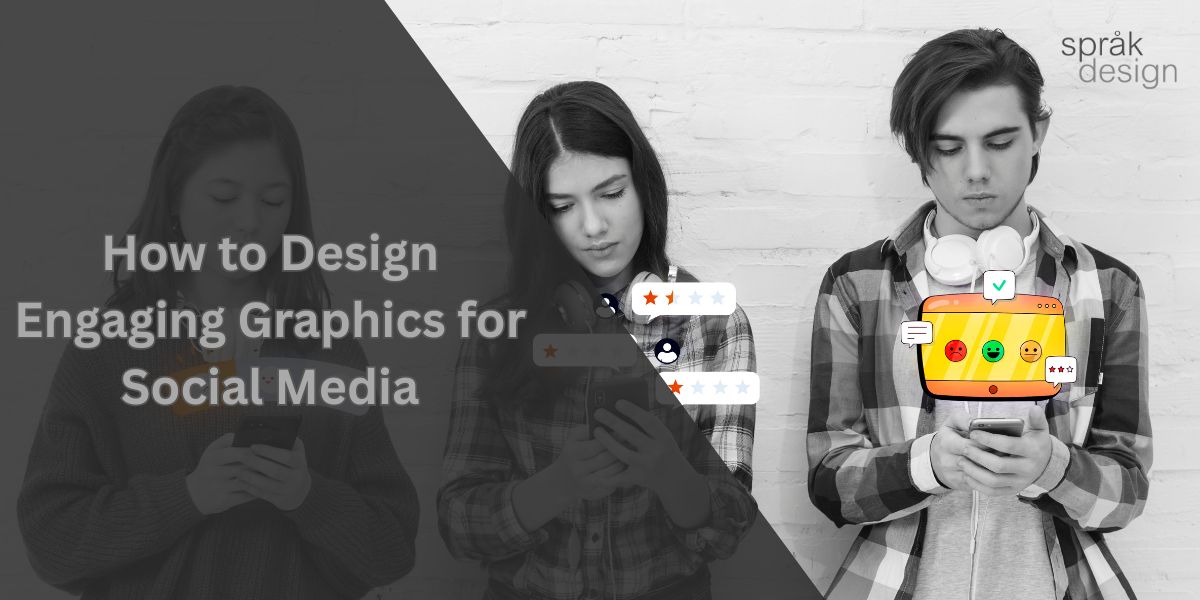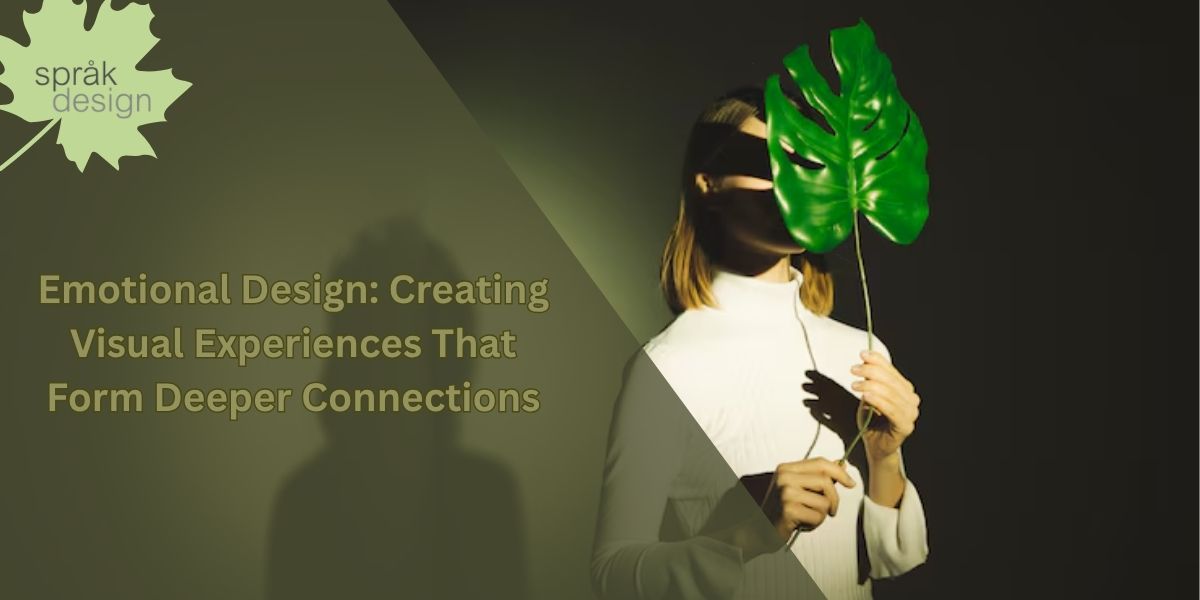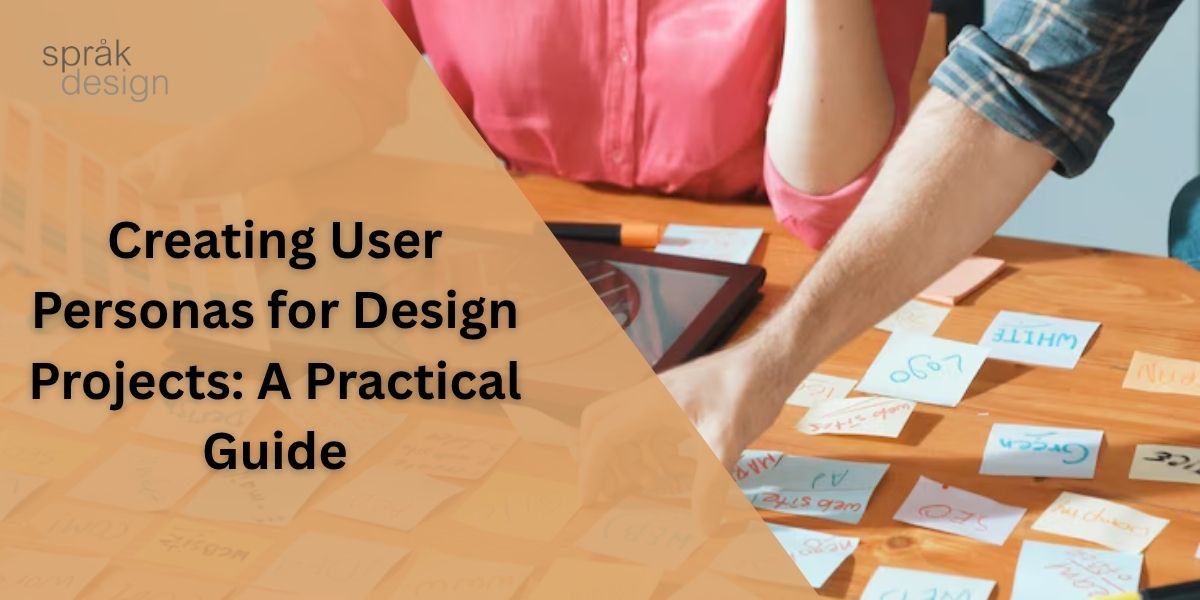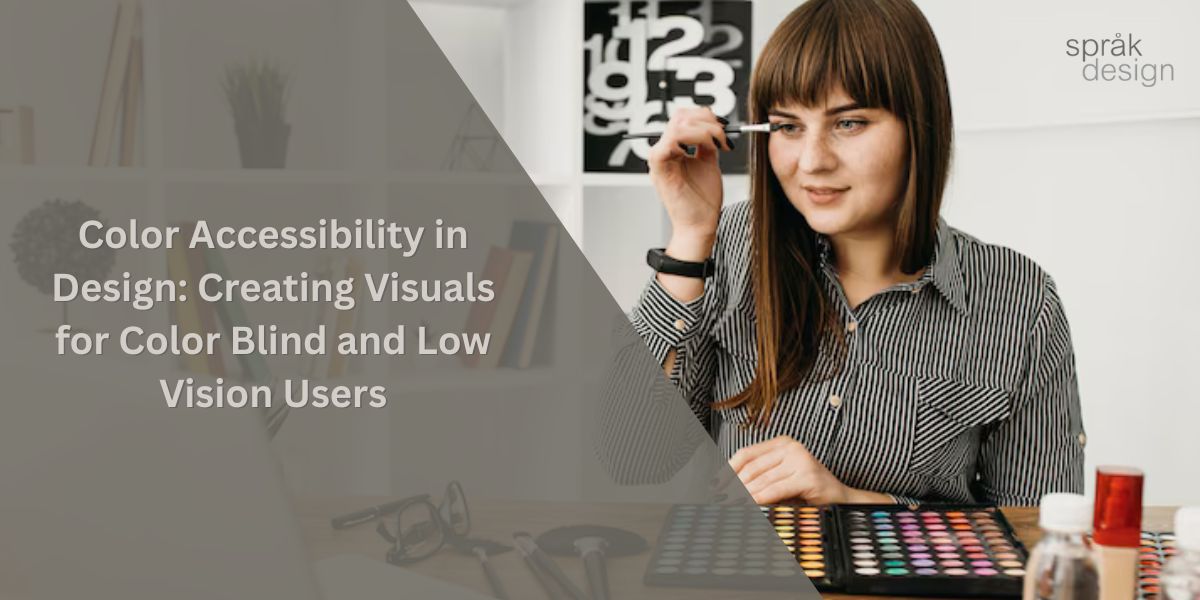Category Archives: Graphics Design
Why Every Successful Project Starts with a Strong Design Brief
Why Good Client-Designer Communication Matters Effective communication is one of the most crucial parts of any design project. It’s not just about exchanging words—it’s about building a shared understanding between the client and the designer. When both parties are aligned on expectations, creative direction, project goals, and timelines, the outcome is almost always better. On…
How to Design Engaging Graphics for Social Medi
Introduction In today’s fast-paced digital world, social media is where brands and individuals compete for attention. Whether it’s Instagram, Facebook, Twitter, or LinkedIn, eye-catching visuals are key to getting noticed. Great graphic design helps you communicate your message quickly and effectively. It makes your content more shareable and builds a consistent brand identity. But how…
Emotional Design: Creating Visual Experiences That Form Deeper Connections
Introduction In today’s fast-paced digital world, creating designs that simply look good isn’t enough. The real magic happens when a design resonates emotionally with its audience. This is where emotional design steps in—an approach that goes beyond aesthetics to create visual experiences that form deeper connections. Emotional design helps users feel something, whether it’s joy,…
Creating User Personas for Design Projects: A Practical Guide
Introduction Every great design starts with understanding the people you are designing for. Whether you’re creating a website, a brochure, a flyer, or a social media graphic, it’s important to know who your audience is and what they want. This helps you create designs that really connect with users and meet their needs. This is…
The Psychology of White Space: Using Emptiness as a Powerful Design Element
Introduction White space—also known as negative space—is more than just the area between design elements. It’s a fundamental part of visual design that influences how users perceive content, interact with interfaces, and emotionally respond to what they see. While some may think of white space as wasted space, in reality, it holds great psychological power.…
Design Systems for Small Businesses: Maintaining Brand Consistency on a Budget
Introduction For small businesses, building a strong and recognizable brand is essential to stand out in a crowded marketplace. However, limited budgets and resources often make it difficult to keep branding consistent across all platforms and materials. This is where design systems come in. Design systems are organized sets of design standards, components, and guidelines…
Animation in Design: Using Motion to Enhance User Experience
Introduction Animation in design is more than just visual flair—it’s a powerful tool to guide, inform, and delight users. In today’s fast-paced digital world, where user attention is limited and expectations are high, animations help bridge the gap between static interfaces and intuitive user experiences. Whether it’s through micro-interactions, visual feedback, or storytelling, thoughtful animation…
Design Critique Methods: How to Give and Receive Constructive Feedback
Introduction In the world of design, feedback is not just a formality—it’s a vital component of the creative process. Effective design critique methods enable designers to refine their work, align with project goals, and foster collaboration within teams. By mastering the art of giving and receiving constructive feedback, designers can elevate their projects and contribute…
Color Accessibility in Design: Creating Visuals for Color Blind and Low Vision Users
Introduction Color accessibility in design means creating visuals that can be clearly understood by people with color blindness or low vision. It focuses on using colors, contrast, and design elements in ways that don’t exclude users with visual impairments. When visuals rely only on color to convey information, many users—especially those who are color blind…
Safeguarding Creativity: The Importance of Design Patents in Intellectual Property Protection
Introduction In a world where visual identity and product aesthetics significantly impact consumer behavior, design patents play a critical role in protecting innovation. Whether it’s the sleek curve of a smartphone, the distinctive packaging of a luxury product, or the layout of a user interface, a unique design can set a brand apart in the…










